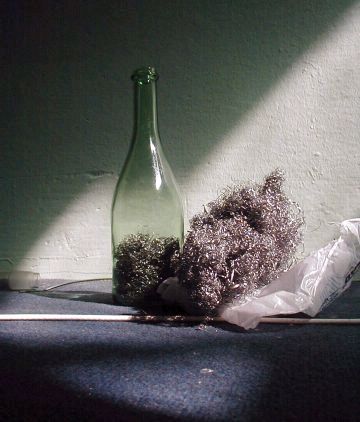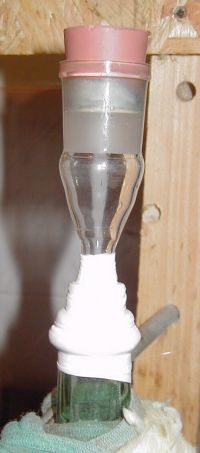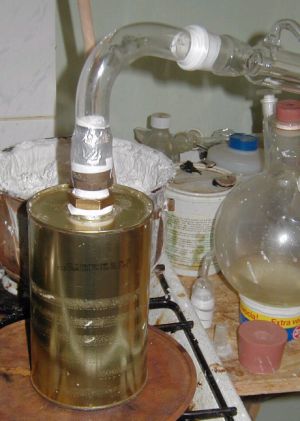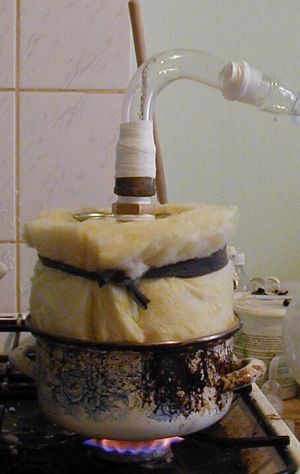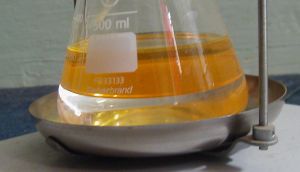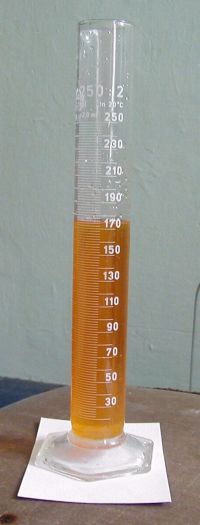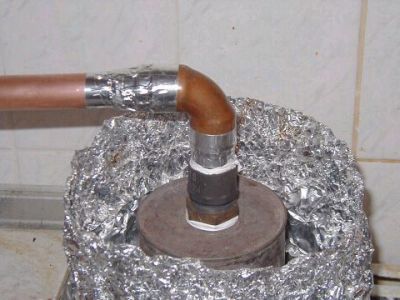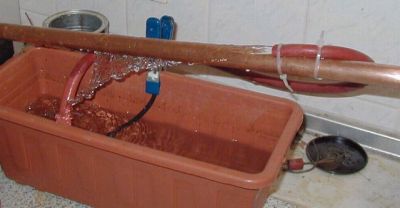The Radzivankovskii catalyst is somehow tricky it seems. It takes a long time until the reaction HCl/Al kicks in. The addition of AlCl3 or SnCl4 so avail should help.
Other salts will be tried soon.
Amalgamation of a small amount of the Al works well (no poisonous Hg-salts required, just add some Hg to a piece Al-foil...).
Alternativly some AlCl3 may be prepared with Al in DCM or perchlorethylene and chlorine. This can be used to kickstart the HCl/Al reaction....
No problem, I prefer Cl2 over HCl-gas anytime


